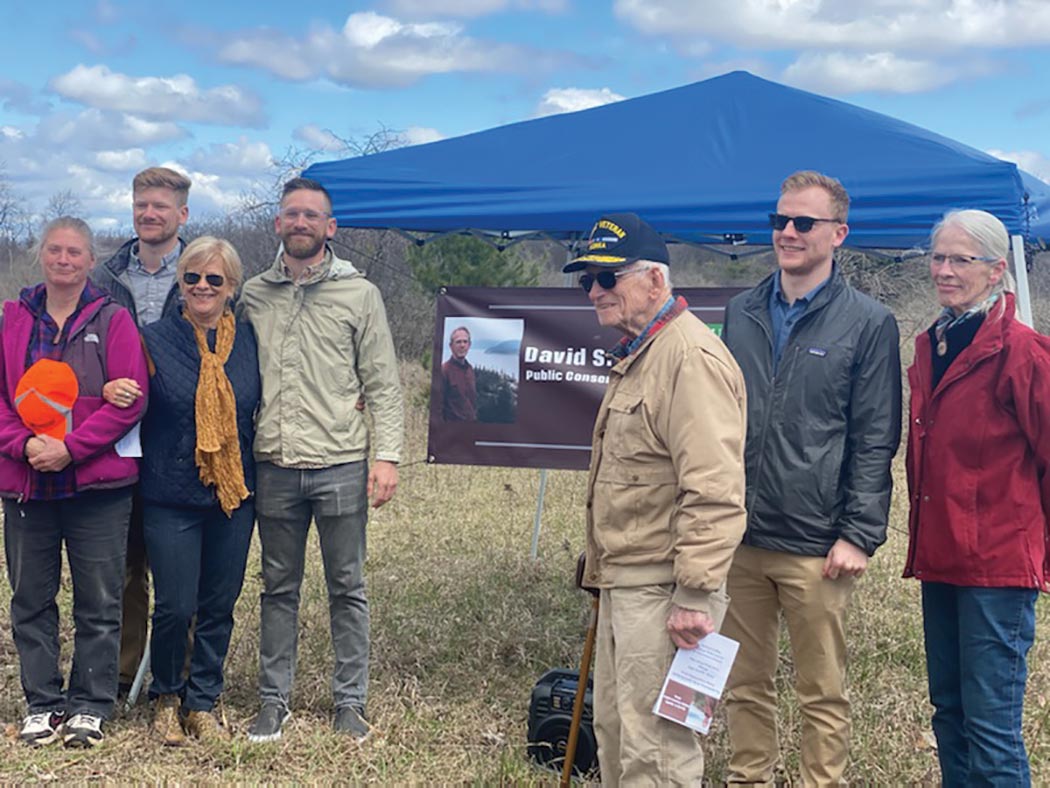Conserving land has been a life-long goal for people like Richard Hughes, a Utica area landowner and farmer. “Our family has been here for almost 80 years, and we want to make sure that others can enjoy this beautiful area, like we have.”
Richard is not alone. Local enthusiasm is growing, with farmers asking for our assistance to conserve their land, community members providing funding for local trails, and families offering their land to host nature programs.
John Souva, Land Protection/Education and Outreach Manager for the southern region of Tug Hill has been listening to ideas on how our land trust can support additional land conservation and meet a growing desire for expanded community programs.
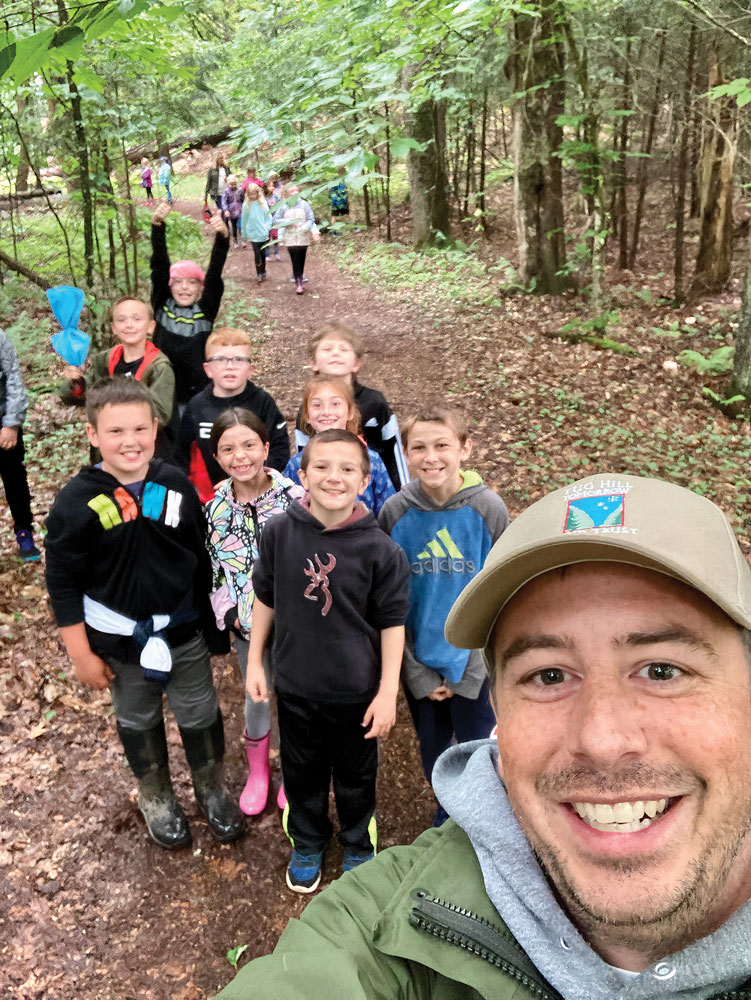 “I’ve been talking with local families who are very interested in conserving their farms and woodlands. Many have been here for generations, others are newer to the area,” explained John.
“I’ve been talking with local families who are very interested in conserving their farms and woodlands. Many have been here for generations, others are newer to the area,” explained John.
“There’s a lot of farmland at risk around the Utica area,” remarked John. “New farmers, and younger farmers, are looking to find ways to purchase farmland at an affordable price — and land conservation can help.”
Providing more opportunities to connect to nature
In the short time that John has been on staff, he has uncovered a lot of interest in providing safe and welcoming access to nature for everyone, including those in urban, rural, and suburban areas in the southern Tug Hill region.
One example was a recent partnership with the nonprofit organization, Midtown Utica Community Center (MUCC) at Camp Nazareth in Woodgate, NY.
MUCC (midtownutica.org) is an inclusive and multicultural community center in Utica, NY. The organization’s programming is designed to enhance the safety, health, and educational opportunities of their diverse community.
In addition to providing space for cultural and wellness events, MUCC provides programs for community members to adapt to their environment, heal from trauma, and chart their individual paths to success.
As a result of this partnership, more than 60 urban youth who otherwise might not have been able to experience swimming, canoeing, or fishing experienced nature first-hand.
“For many of these kids, it was a time when they could share their joy of being outside. It’s the sort of gift that makes a difference for years to come,” explains Kay Klo, Executive Director of MUCC.
In the coming year, we will be working with MUCC and several other community groups to offer complementary programs and assist in conserving locally important lands.
These community and conservation partnerships are made possible in part thanks to a three-year grant from the Land Trust Alliance’s New York Conservation Partnership Program, The Community Foundation of Herkimer & Oneida Counties, and ongoing generous donations from community members.
Kathy Smith, a long-time resident in the southern Tug Hill region, recently commented, “I can’t tell you how exciting it is to have the Land Trust working with us. It has been an interest for many years. Now we can really get things done.”
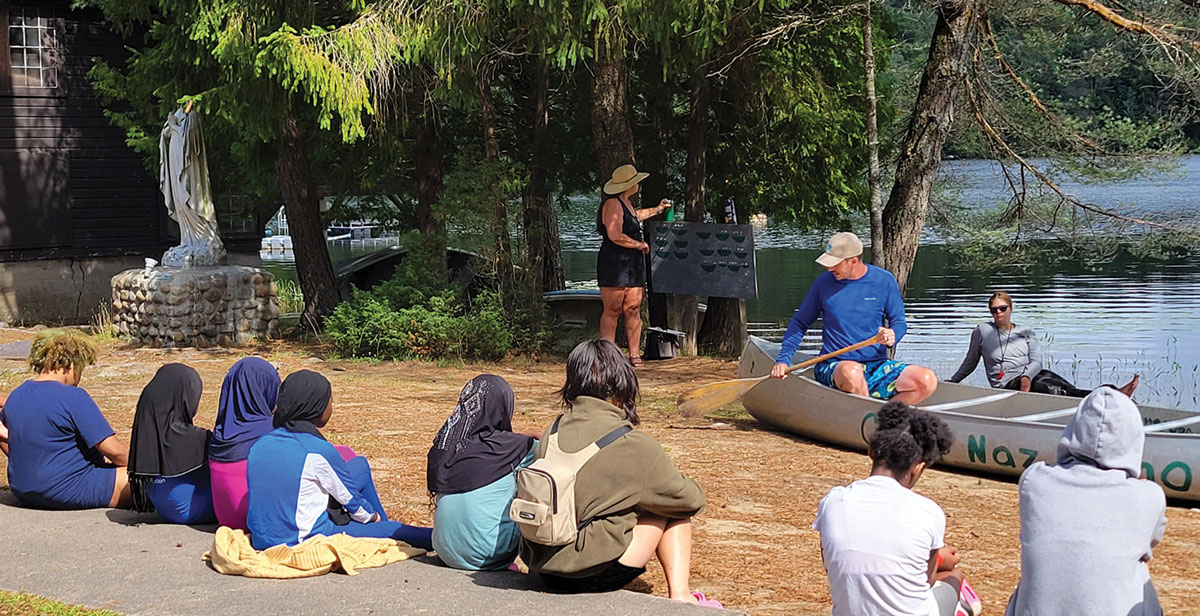
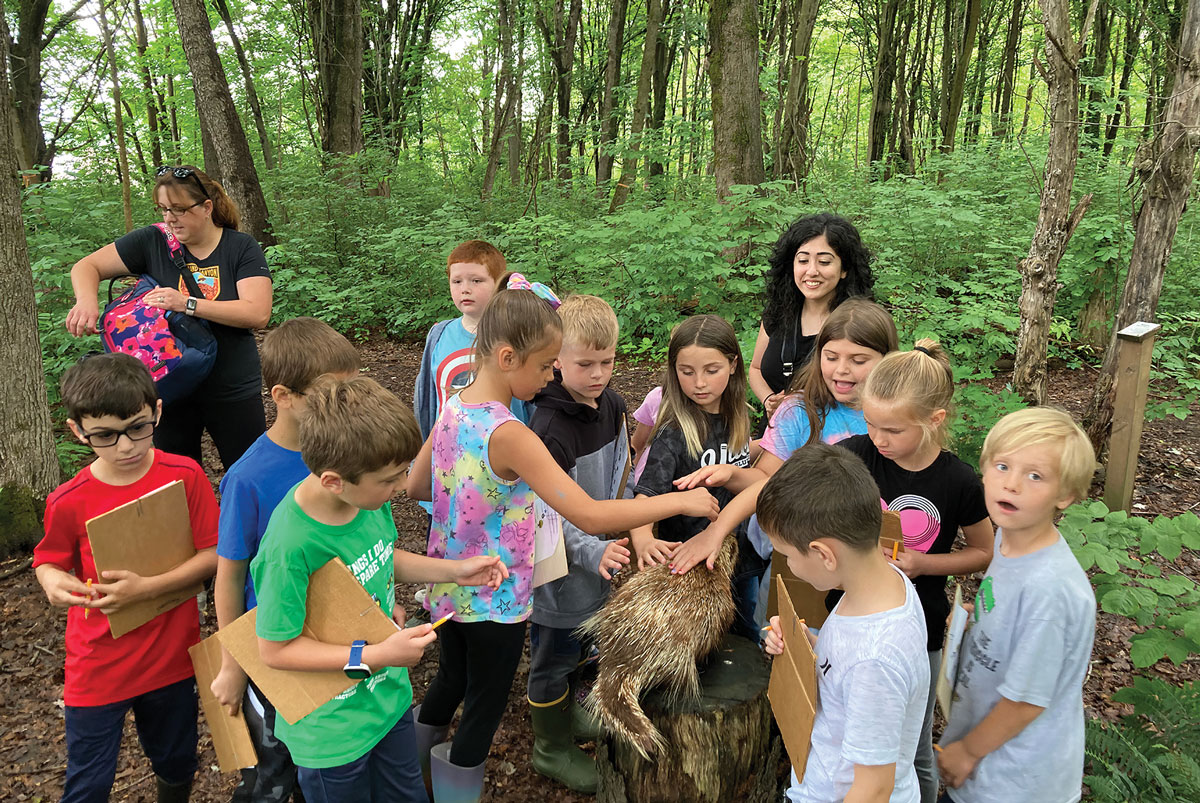
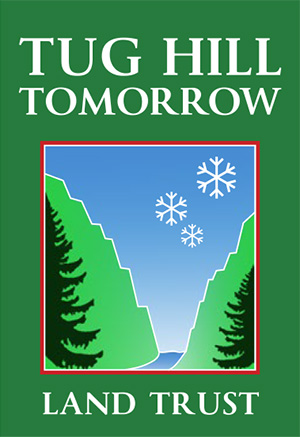
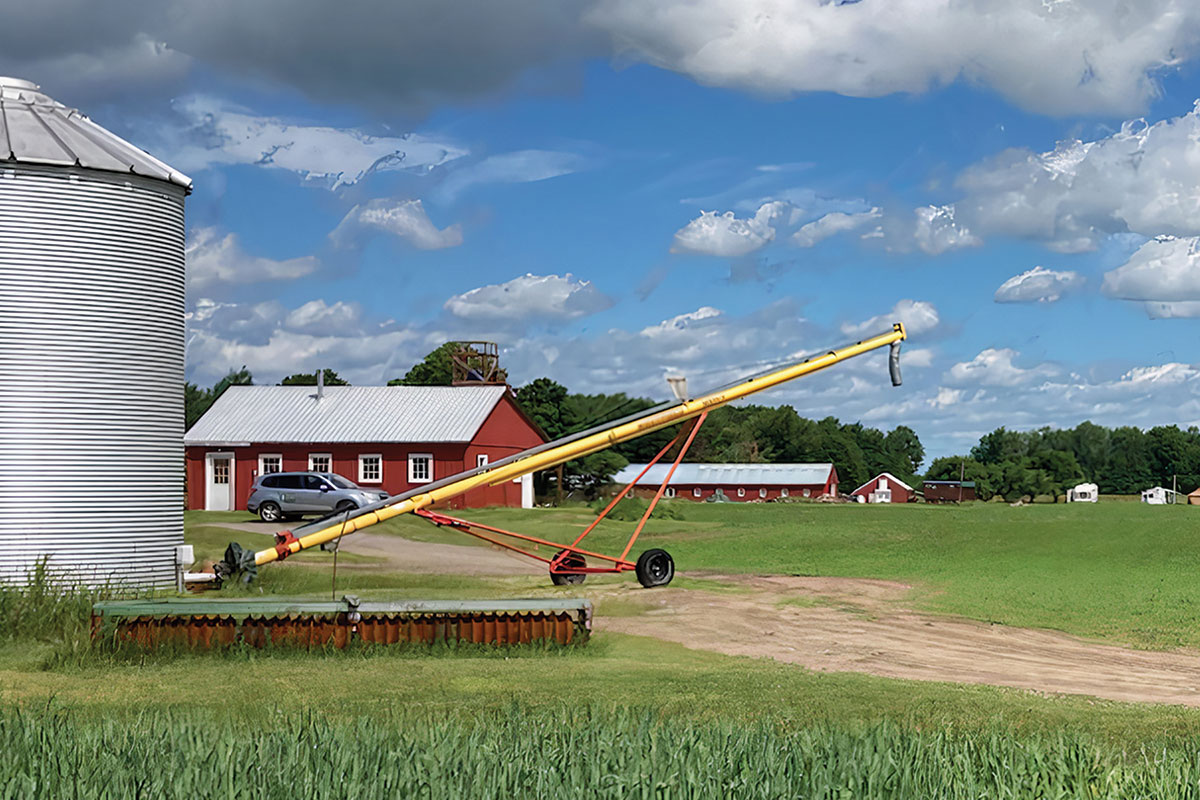
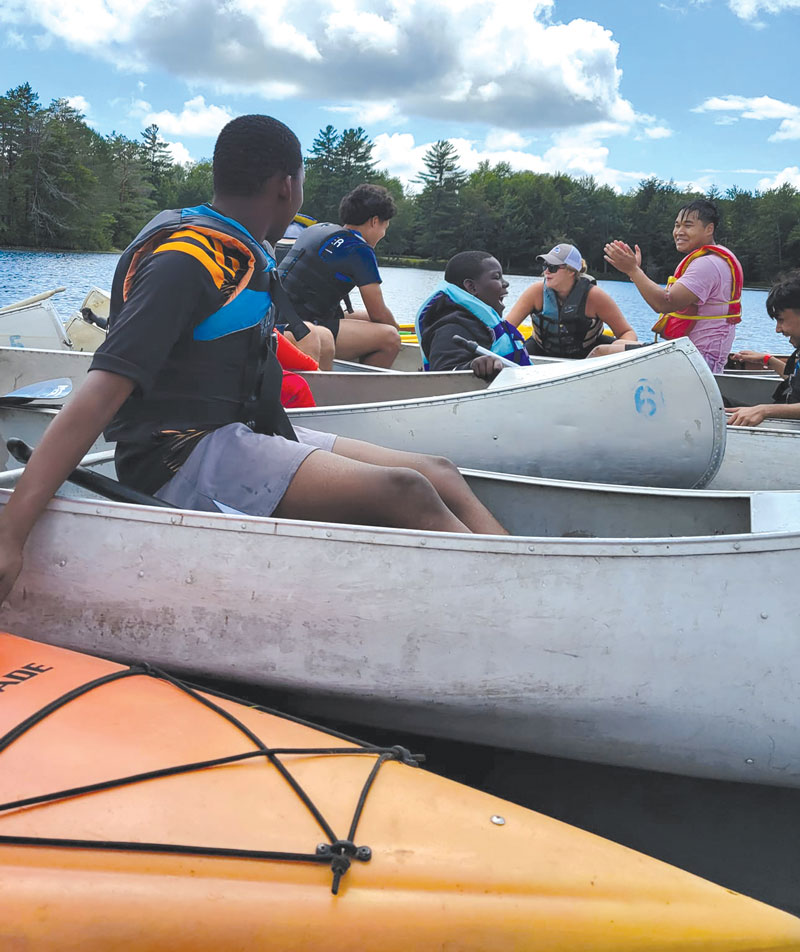
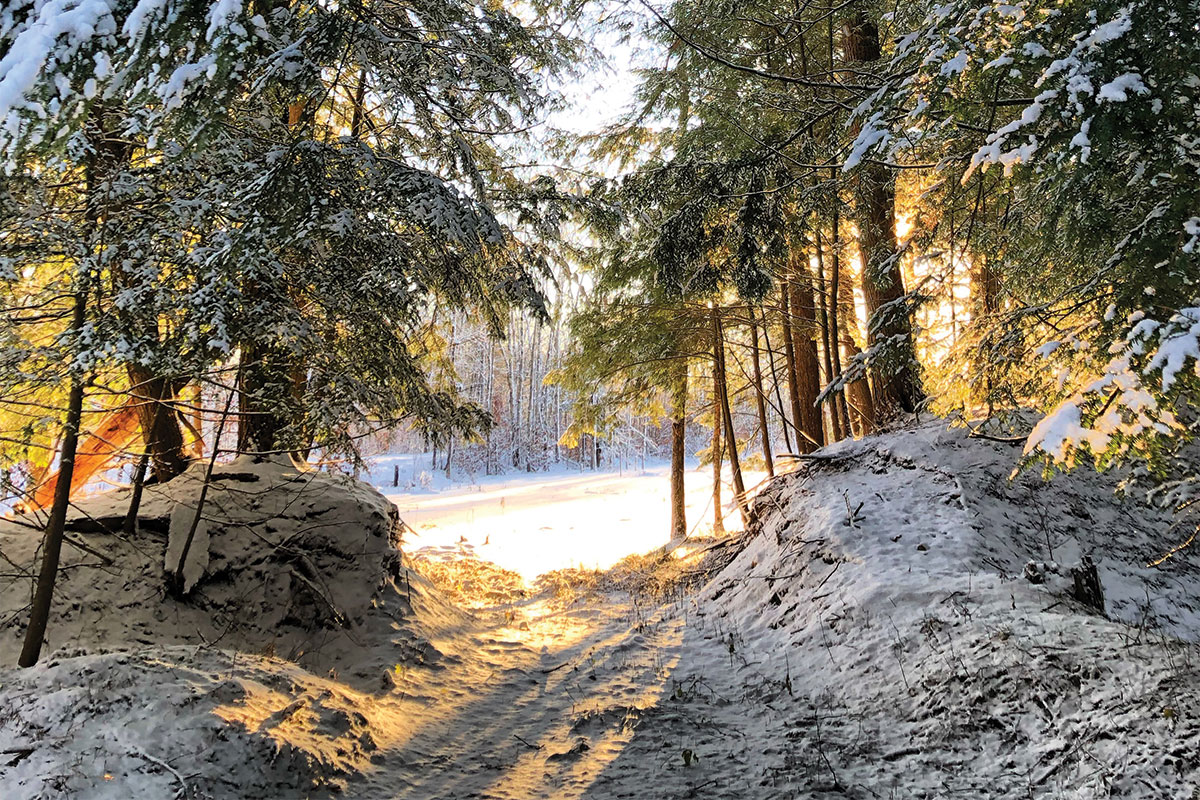
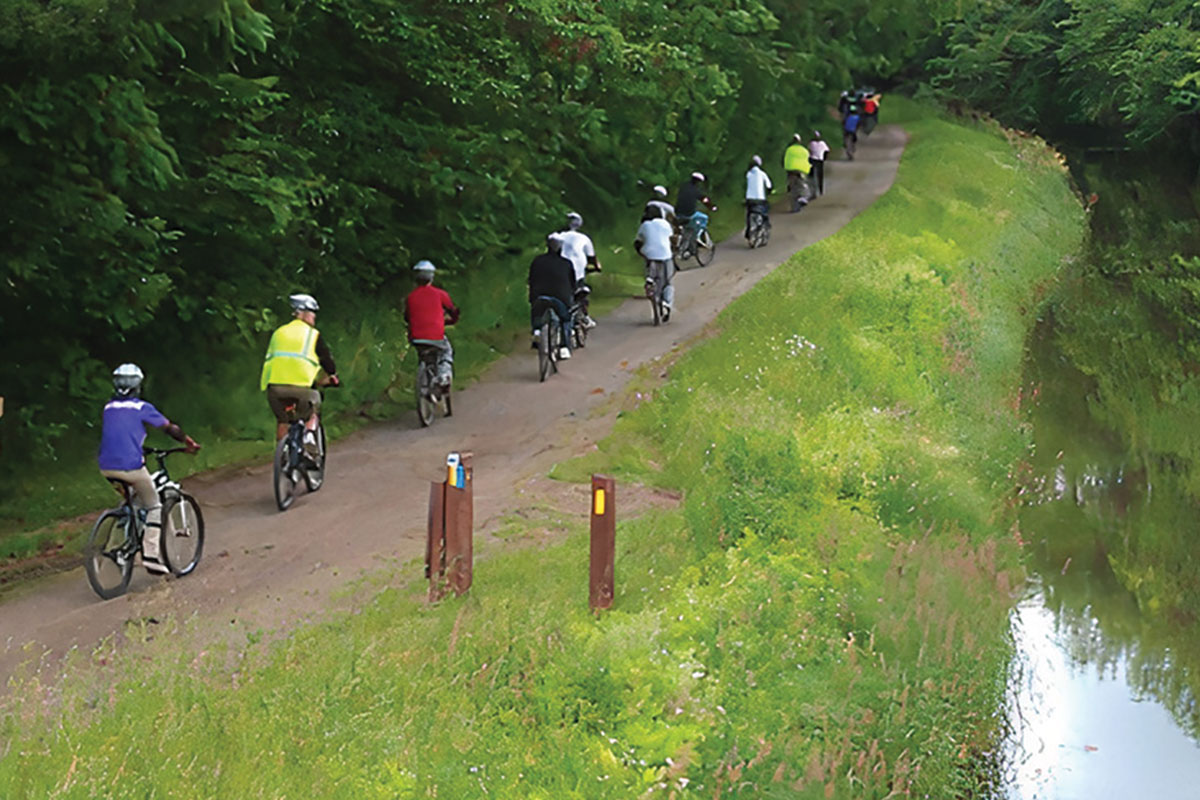
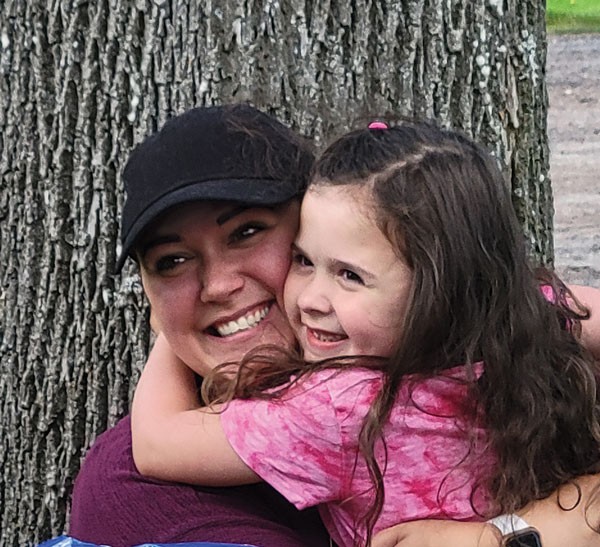 Getting outside can sometimes be difficult, especially with youngsters who have high energy. We strive to offer programming that makes it easier. This past summer, we created story walks for youth that helped focus their energy, and encourage reading, family fun, and outdoor learning.
Getting outside can sometimes be difficult, especially with youngsters who have high energy. We strive to offer programming that makes it easier. This past summer, we created story walks for youth that helped focus their energy, and encourage reading, family fun, and outdoor learning.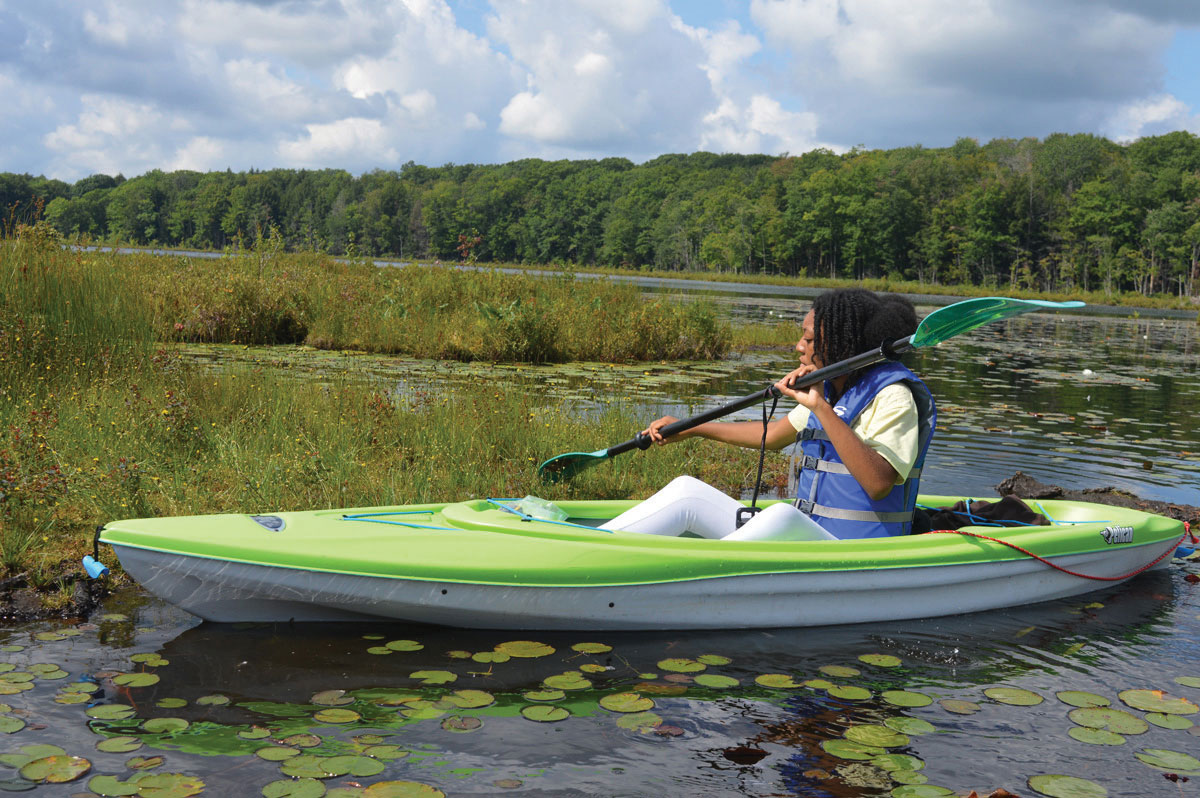
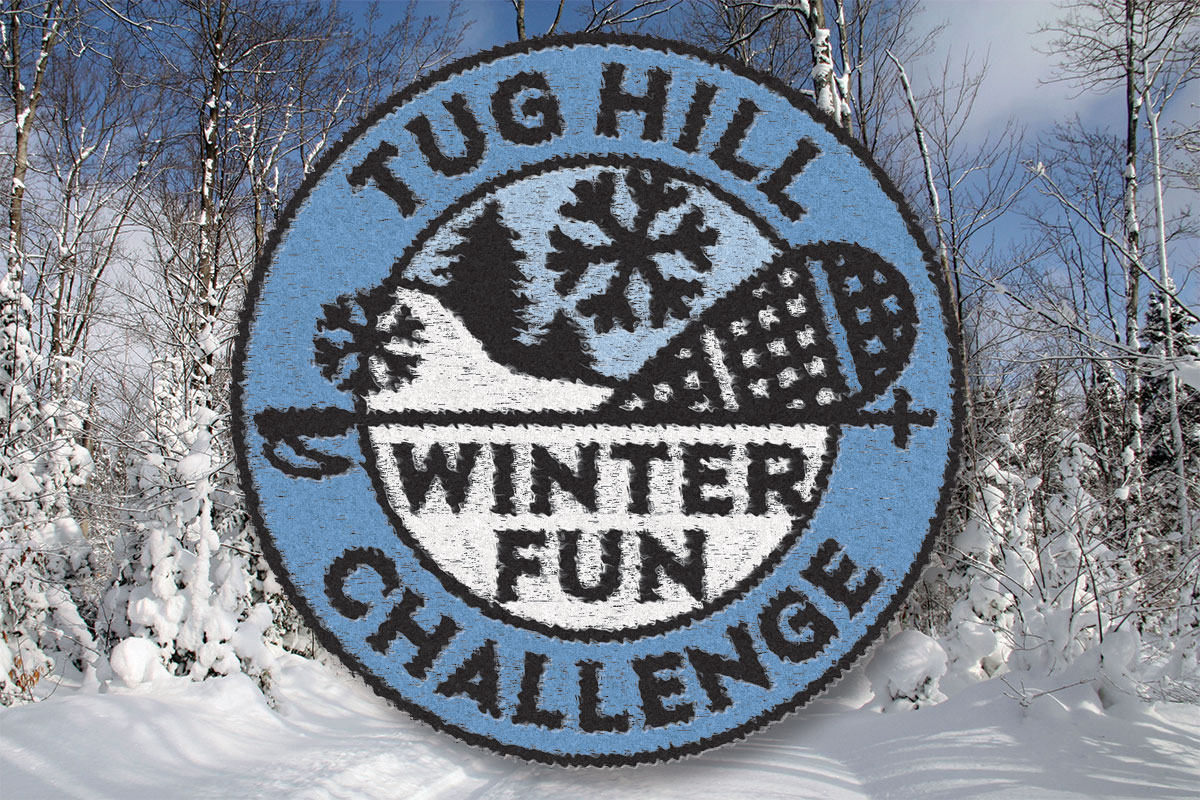
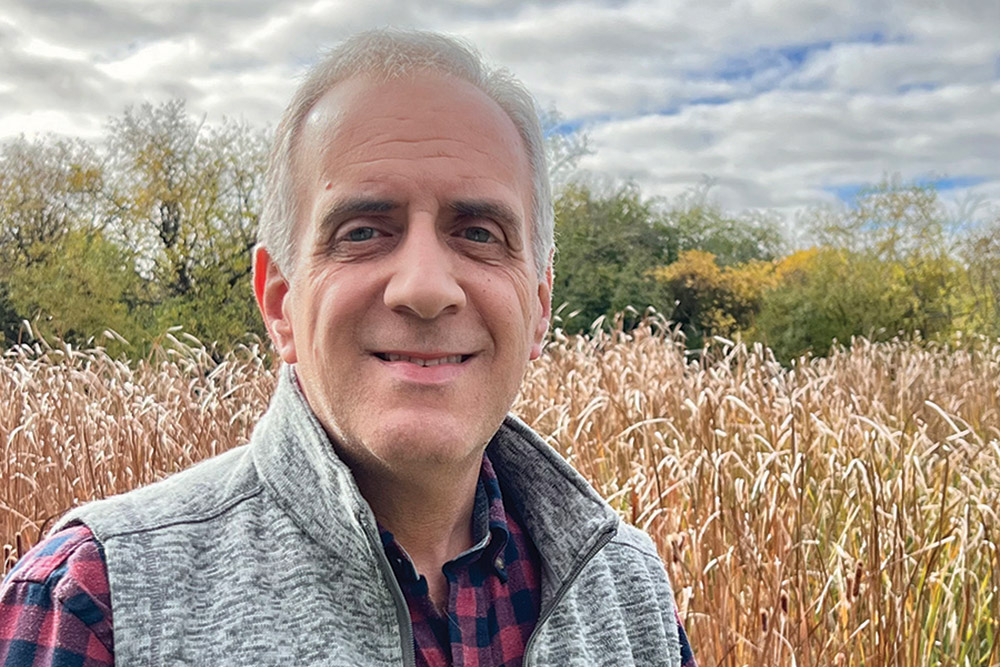
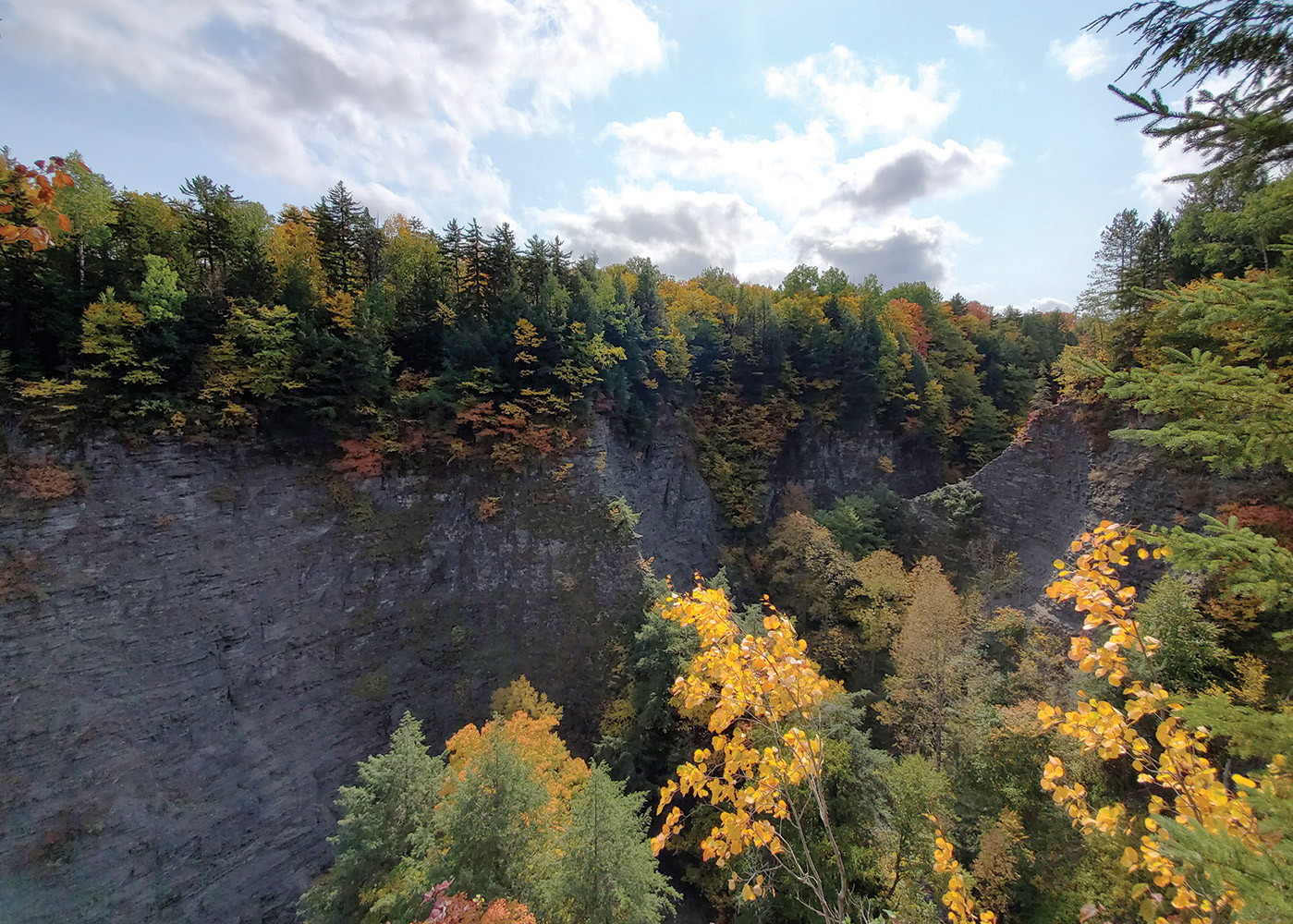
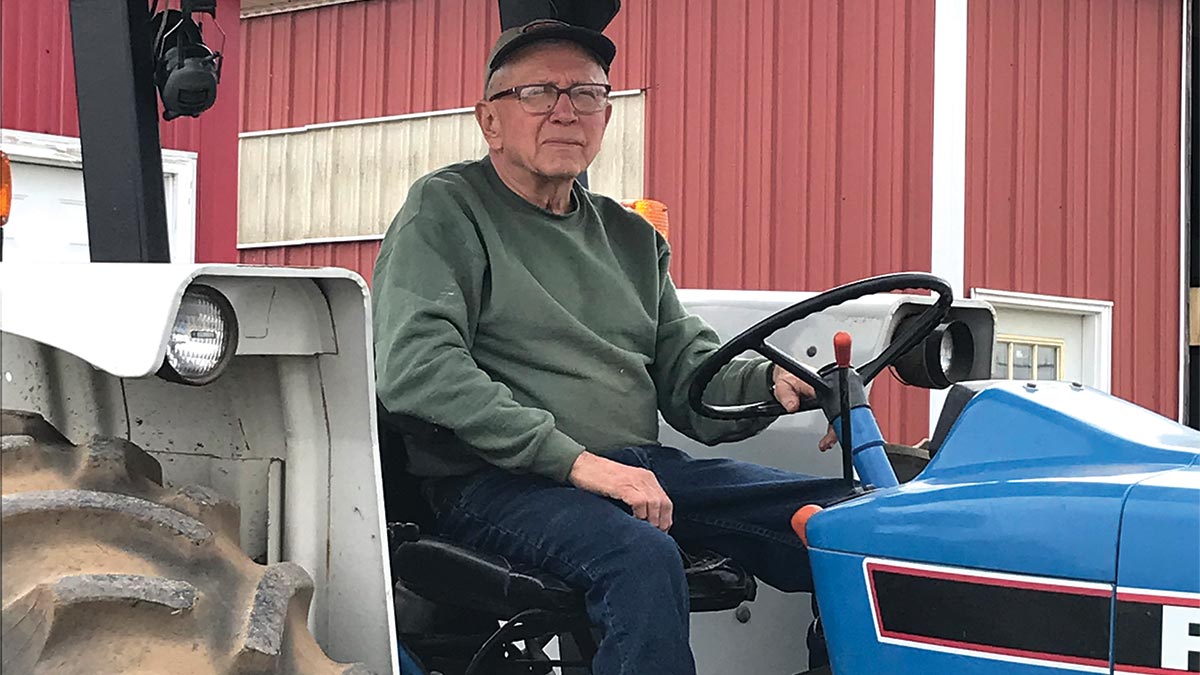
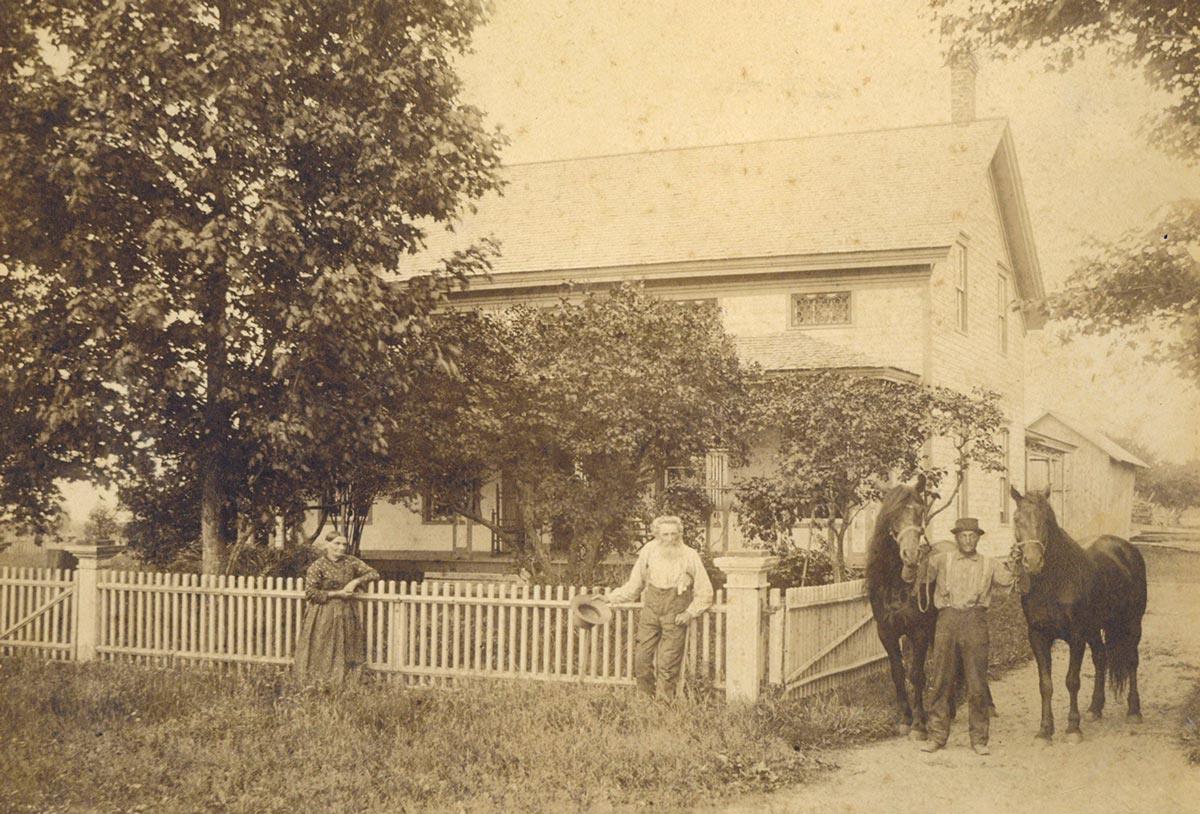
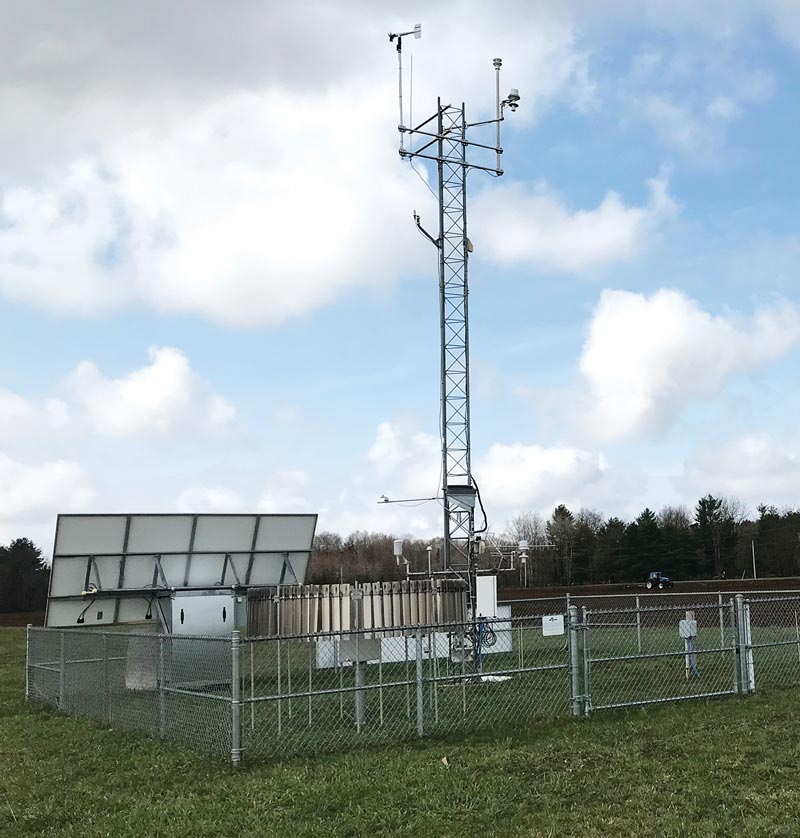
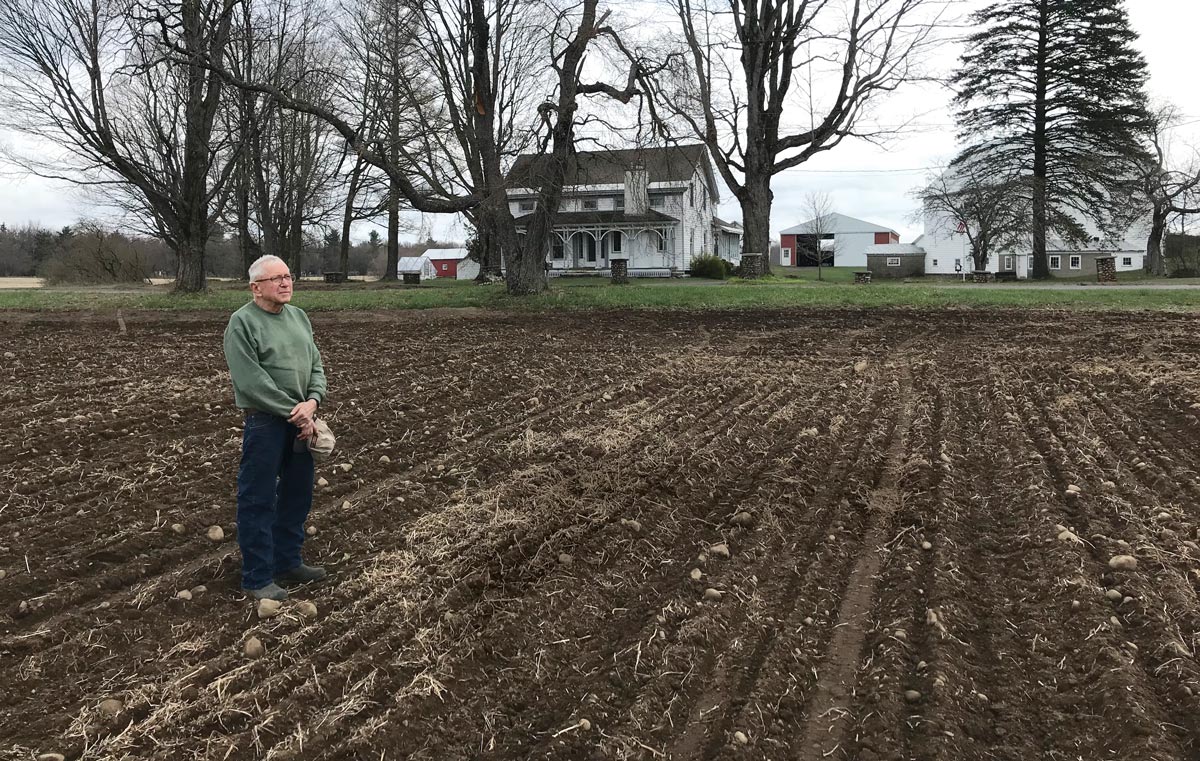
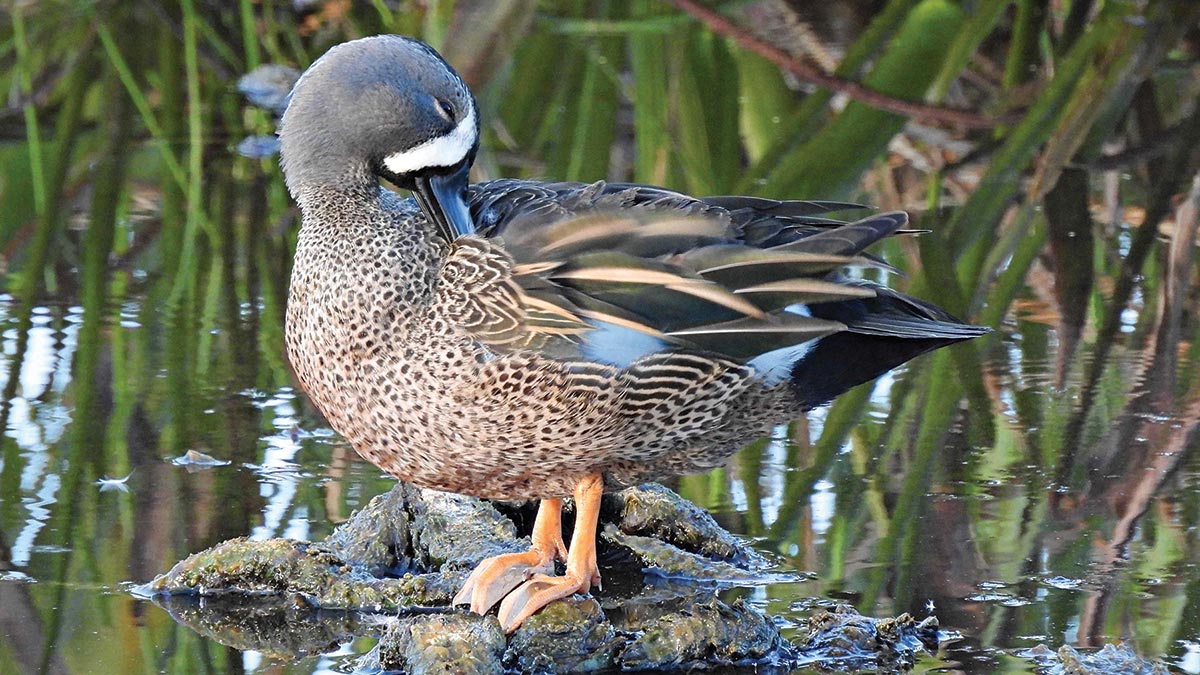
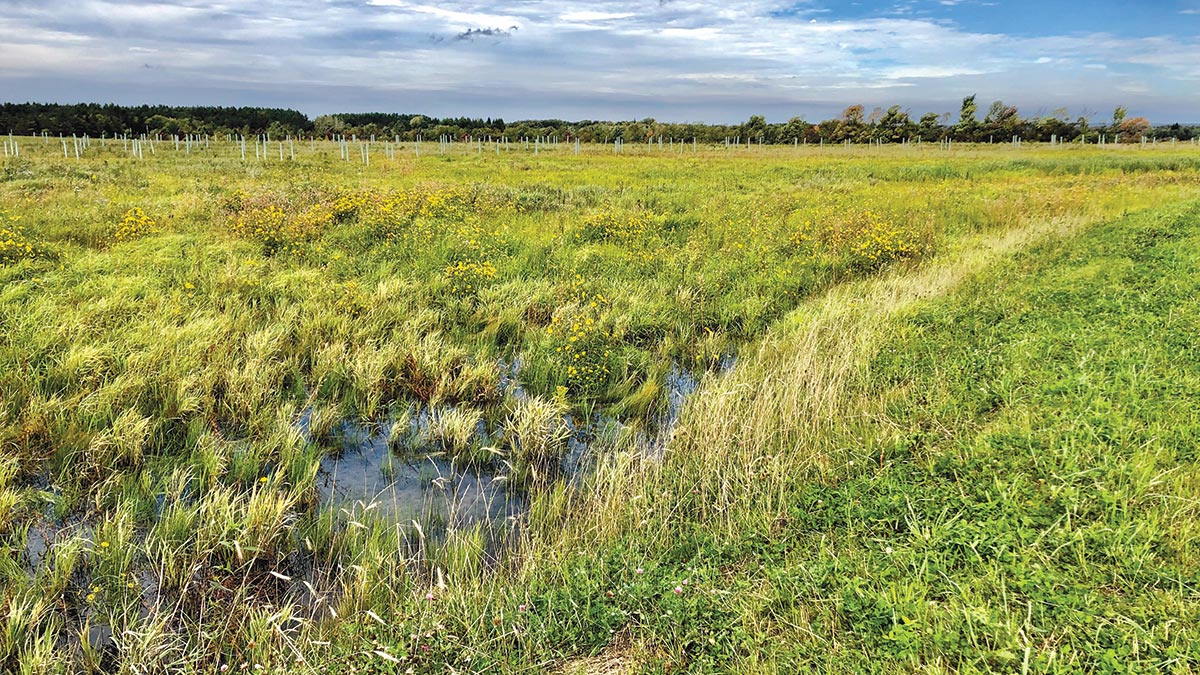
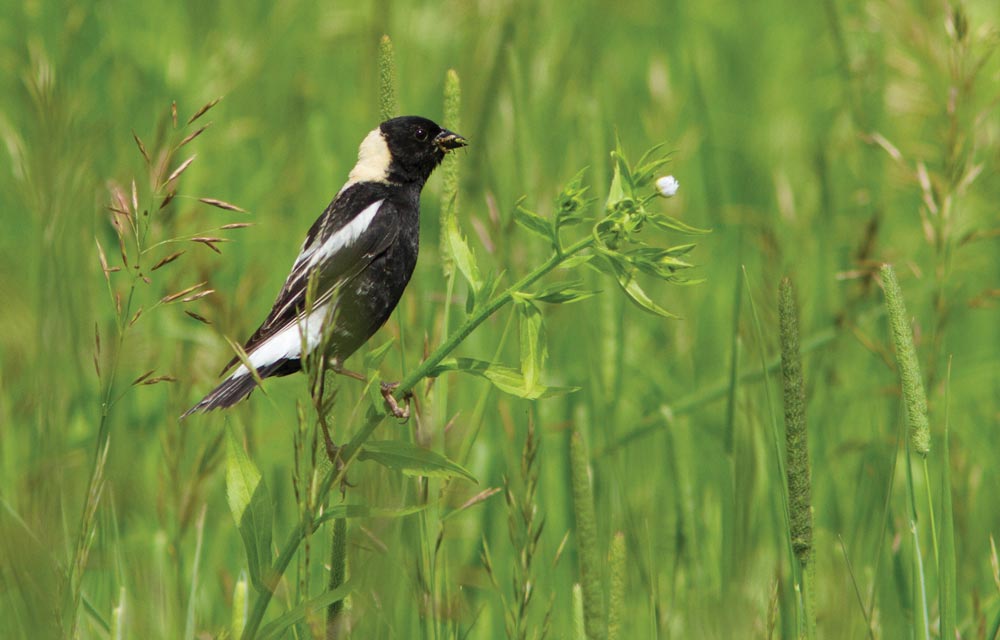
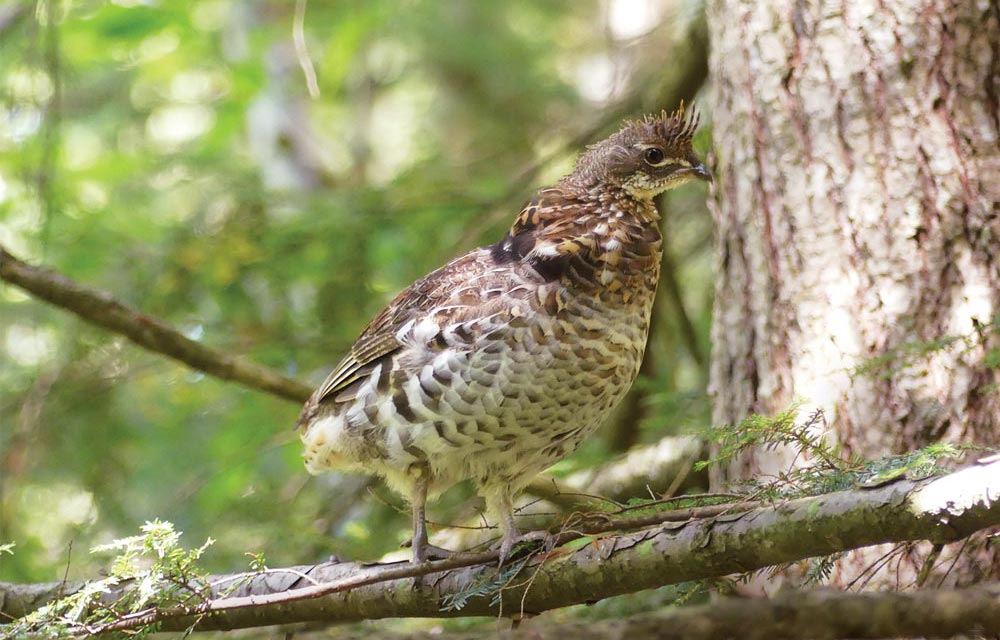
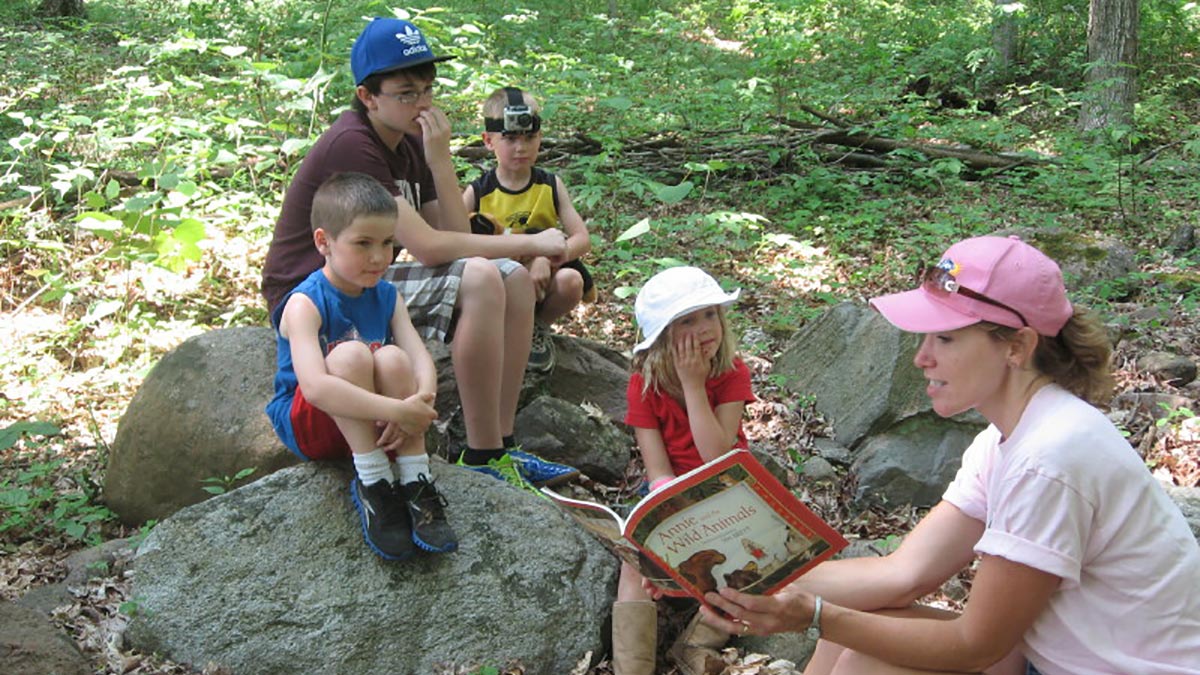
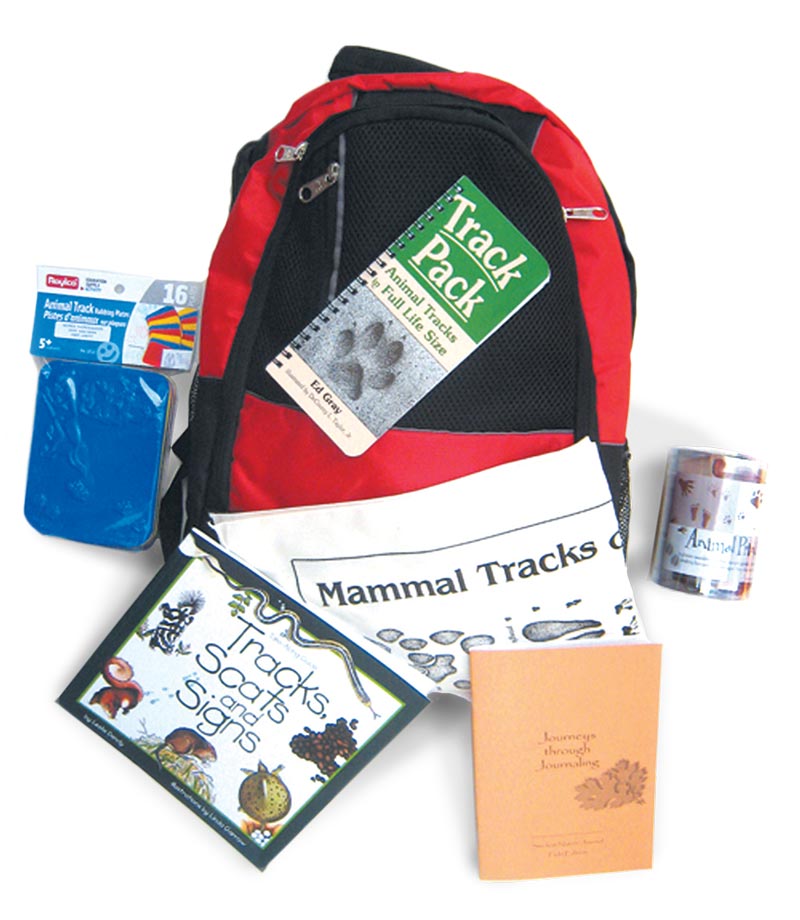 Enter nature. And Nature Backpacks.
Enter nature. And Nature Backpacks.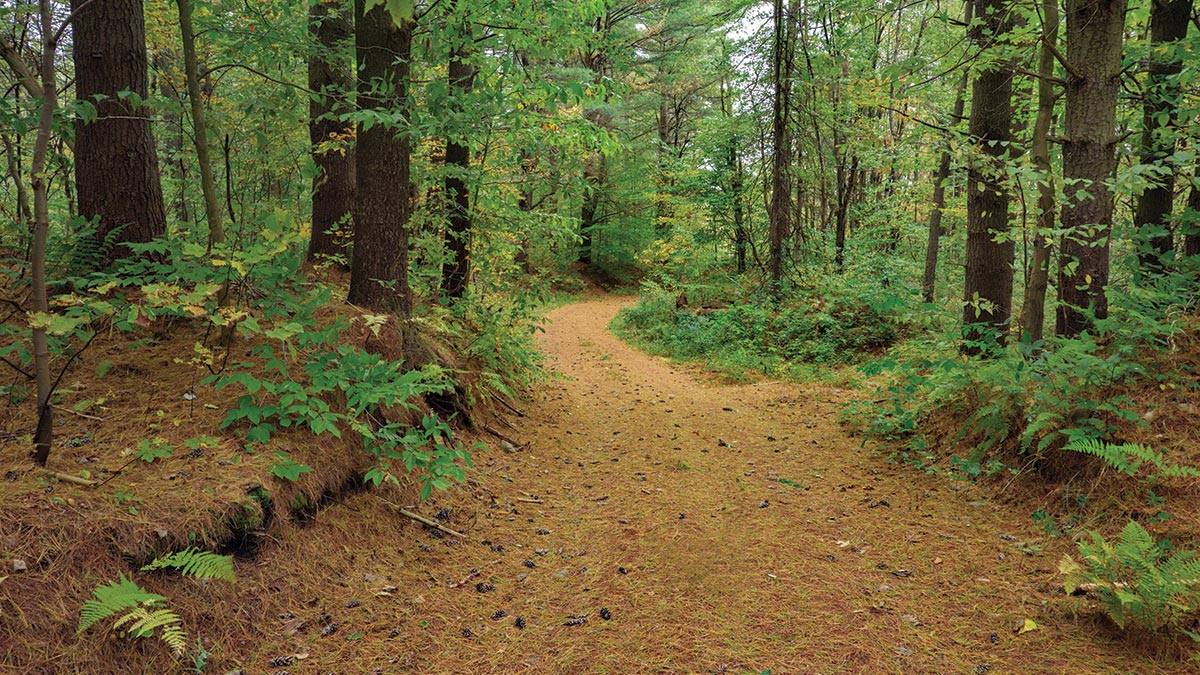
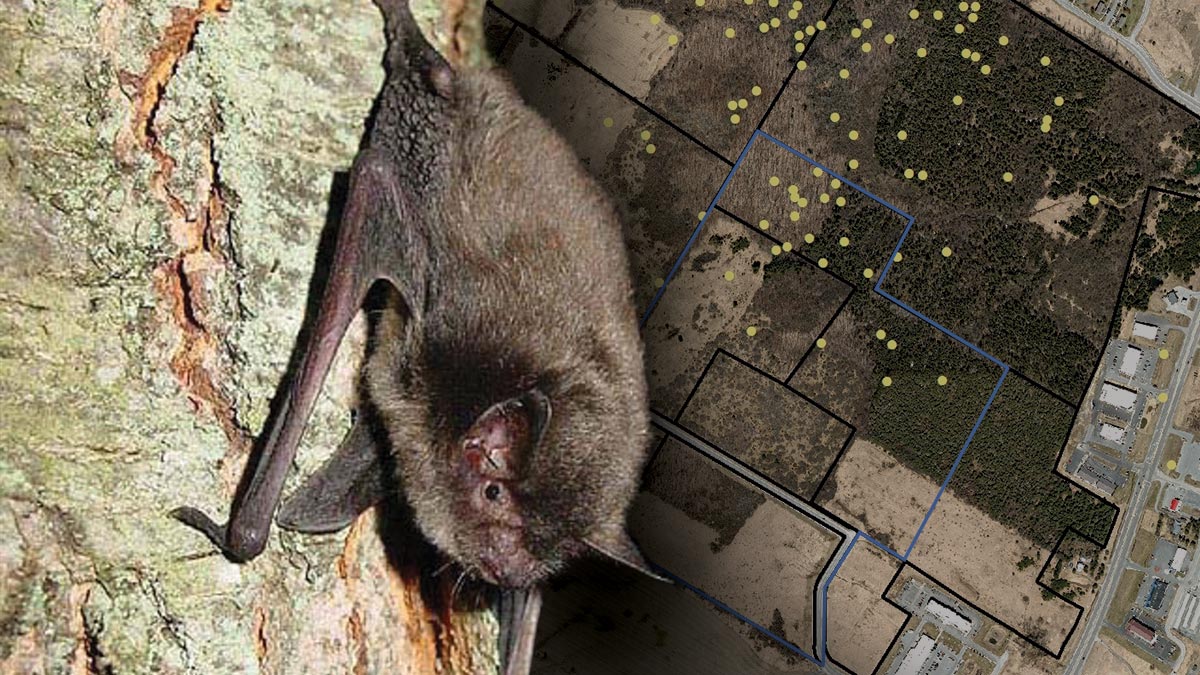
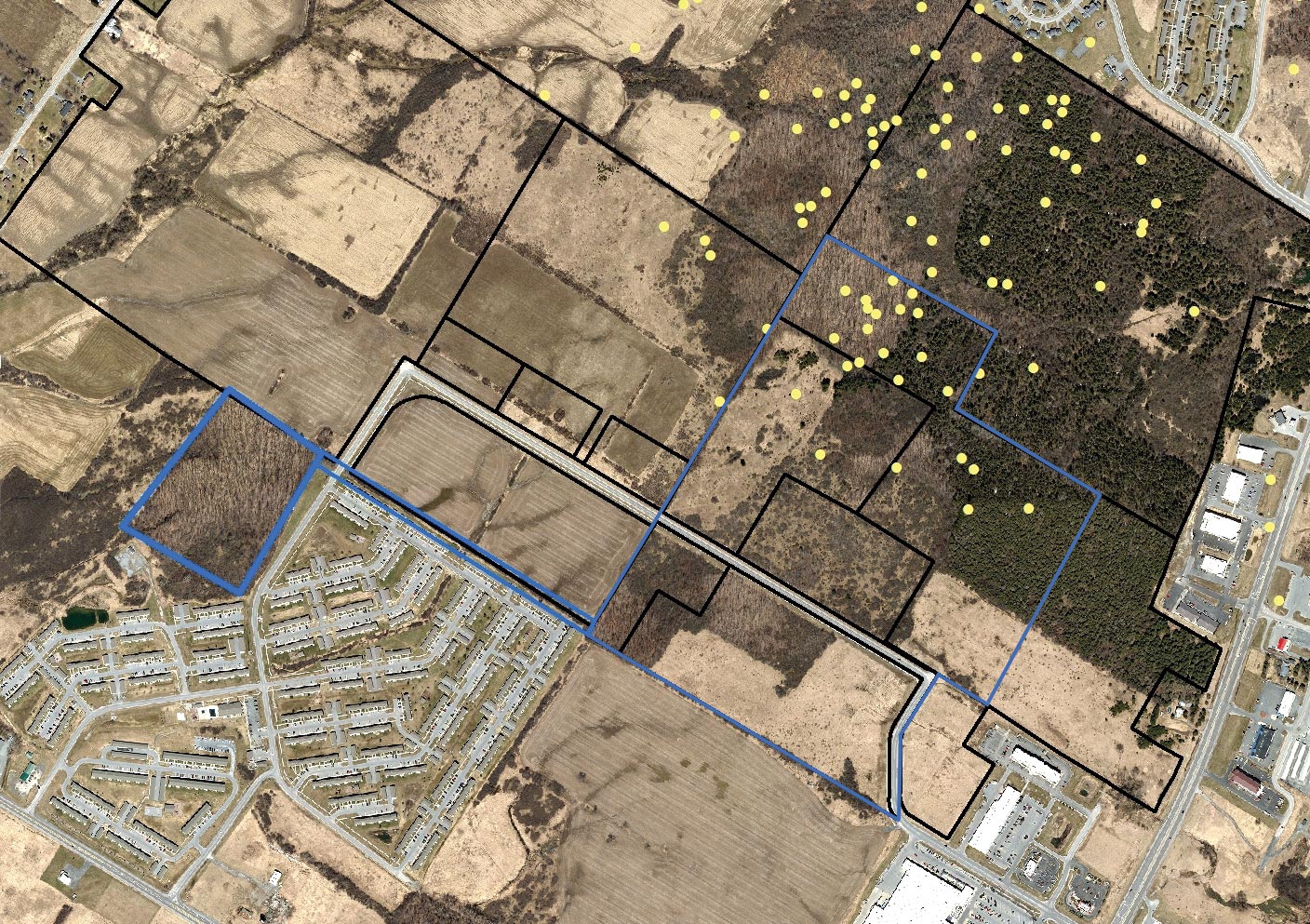
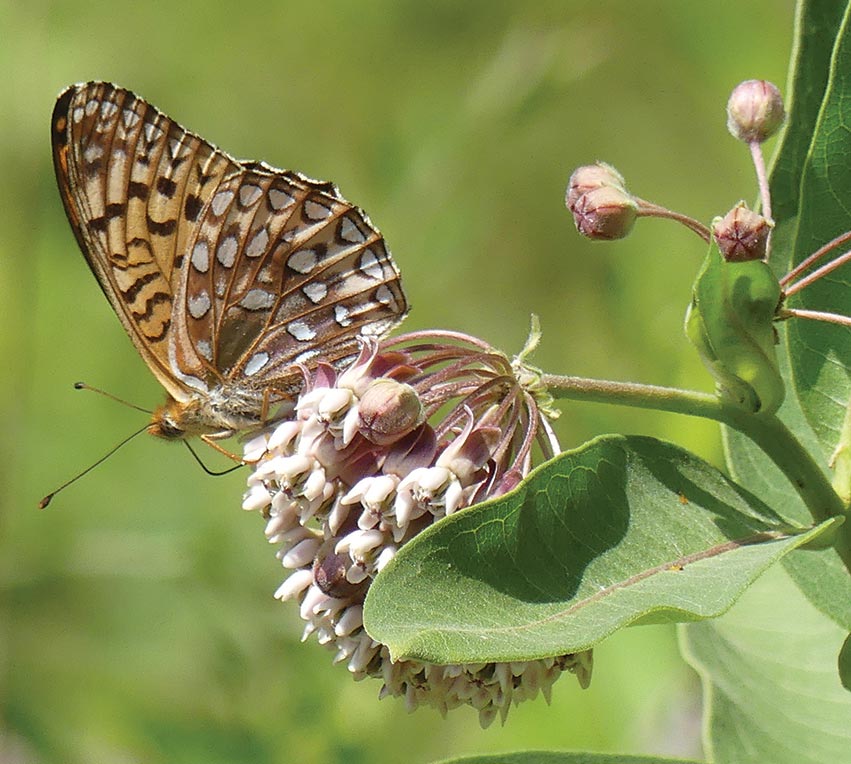
 David Smith spent his 40-year career at the New York State Department of Environmental Conservation helping others care for the forestlands and waters they loved.
David Smith spent his 40-year career at the New York State Department of Environmental Conservation helping others care for the forestlands and waters they loved.